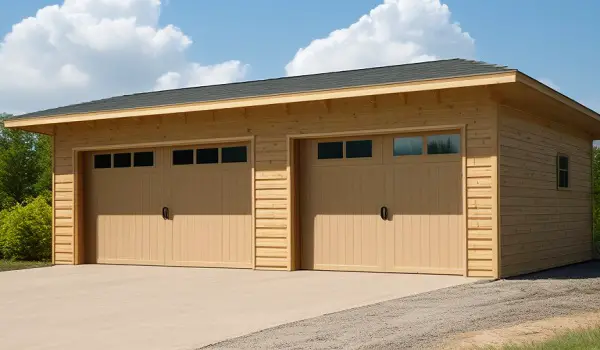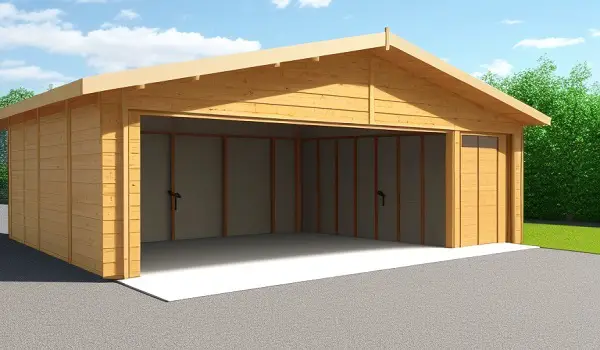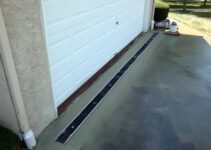When it comes to building a garage, one of the most significant considerations is the labor cost. This crucial expense can fluctuate widely due to various factors.
From the size and complexity of the project to the geographical location and time of year, multiple elements play a role in determining how much you’ll need to allocate for labor costs.
Understanding Labor Costs for Garage Construction

A garage is not just a place to store your vehicles; it can also serve as a workshop, additional storage space, or even a small living area. However, before you embark on this project, it’s essential to have a clear grasp of the potential labor costs.
Estimating Labor Expenses
On average, labor costs can comprise a substantial portion of your overall garage construction budget, ranging from 50% to 70%. A rough estimate indicates that labor expenses can fall between $20 and $49 per square foot. This means that for a 500-square-foot two-car garage, labor costs could range from $10,000 to $24,500.
Read Too: How Much Does It Cost to Build a Garage with Living Quarters
Factors Influencing Labor Costs
Several factors come into play when determining the labor costs for building a garage.
Size of the Garage
The size of your garage directly affects the amount of labor required. Larger garages demand more time and effort to construct, leading to higher labor expenses.
Complexity of the Design
Garage designs can vary from simple one-car storage spaces to elaborate structures with lofts or custom features. More intricate designs entail additional labor, consequently impacting costs.
Location of the Project
Geographical location plays a pivotal role in determining labor costs. Urban areas often have higher labor rates compared to rural ones due to increased living expenses.
Seasonal Variation in Labor Costs
The time of year can also influence labor expenses. Summer months typically witness higher demand for construction projects, driving up labor costs. Conversely, winter months might offer more affordable labor rates.
Getting the Best Value for Your Money
Building a garage is an investment, and optimizing your expenses without compromising quality is essential.
Solicit Multiple Quotes
Reach out to several contractors to gather quotes. This allows you to compare prices, services, and inclusions to make an informed decision.
Opt for a General Contractor
Hiring a general contractor can streamline the construction process. They manage various subcontractors, ensuring efficient coordination and potential cost savings.
DIY Opportunities
I painted the walls, installed the flooring, and even built the shelves in my garage. If you have some DIY skills, I highly recommend taking on some of the work yourself. It can be a great way to save money and learn new skills.
Embrace Simplicity in Design

Another way to save money on labor costs is to embrace simplicity in design. When I was designing my garage, I knew that I wanted it to be functional, but I didn’t want to get too carried away with the bells and whistles.
I opted for a simple design with a basic layout. This saved me a lot of money on labor costs, and I still ended up with a garage that I love.
Timing Matters: Off-Season Advantage
Embarking on your garage construction during the off-season, particularly in winter, can lead to lower labor costs due to decreased demand in the construction industry.
Conclusion
As someone who has built their own garage, I know firsthand that labor costs can be a major factor in the overall budget. There are a number of things you can do to optimize your budget without sacrificing quality.
First, take the time to research different contractors and get quotes from several different companies. This will help you get an idea of the going rate for labor in your area.
Second, be clear about your expectations with the contractor. This includes the size and scope of the project, as well as the materials you want to use. The more specific you can be, the less likely there will be any surprises down the road.
Third, consider doing some of the work yourself. This could include things like painting, tiling, or installing light fixtures. If you have the skills and time, this can save you a significant amount of money.
Finally, don’t be afraid to negotiate with the contractor. If you’re not happy with the initial quote, see if they’re willing to come down in price. With a little planning and effort, you can build the garage of your dreams without breaking the bank.


